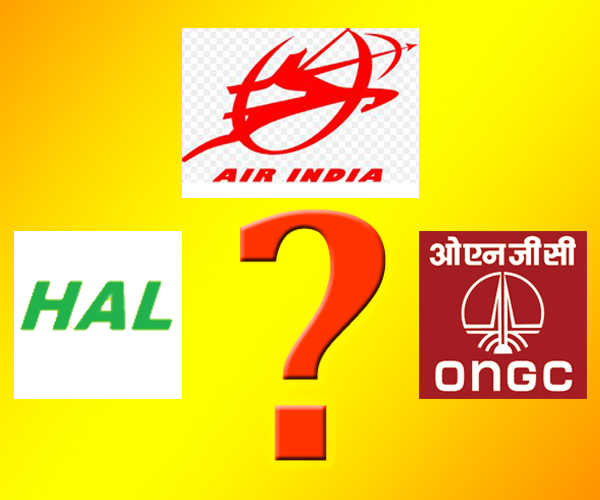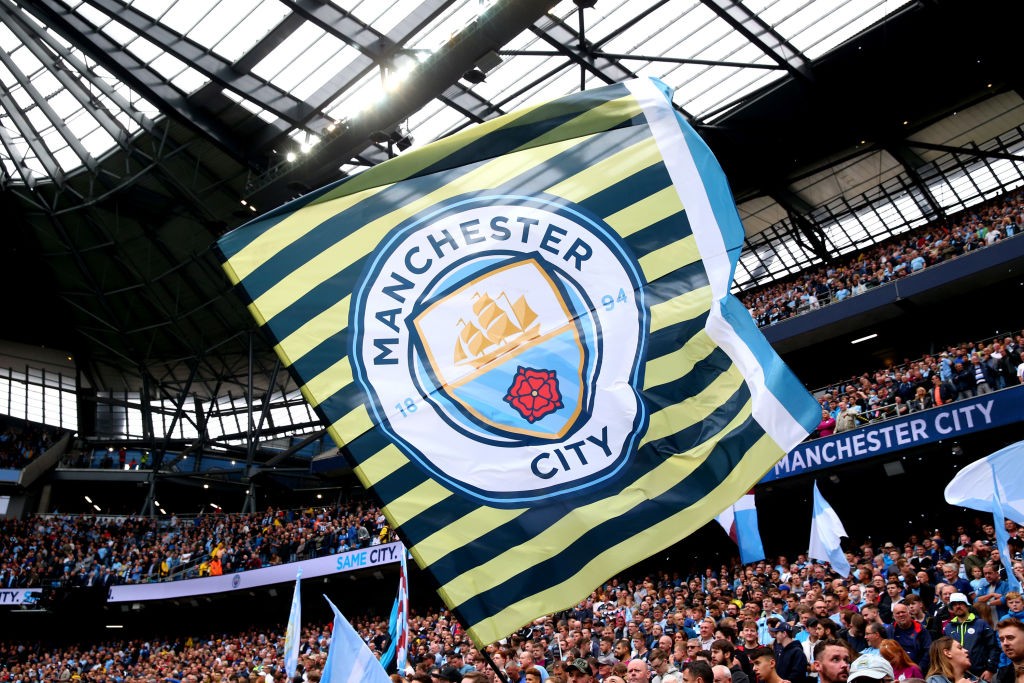Institutional sides are a phenomena most common in a semi-professional football structure. Institutional sides (or “office teams”, as they are more commonly called) have been an integral part of Indian football. Over the years, some of these teams have produced great players and title winning teams. However, as Indian football makes an attempt to professionalize itself, it is time that we took a long, hard look at the future of such teams.
What is an Institutional side? In a semi-professional football structure, it is difficult for players or coaches to turn into complete professionals. The Indian footballers of yesteryear were rarely professional. Chuni Goswami, for example, worked in state bank despite being an eminent footballer. Footballers often joined companies/institutions which fielded football teams; they would be offered a job in return. Footballers made very little money from just playing the game, so they often joined these office teams to secure a long term future.
It will be very unfair to completely dismiss these office teams as unproductive. There have been multiple cases of brilliance from such teams. The biggest example perhaps is the Hyderabad City Police team of the ‘40s and ‘50s. Under Rahim Saab, the Police team went on a rampage in Indian football, winning the Rovers Cup and Durand Cup with frightening ease. In Kolkata football, two teams which have threatened to disturb the hegemony of big-3 clubs are Eastern Railways and Bengal Nagpur Railways (BNR) – both of these teams were “office teams”. Border Security Force (BSF) has won the Durand Cup seven times, while ITI Bangalore was the inaugural Federation Cup winners. No one can forget the brilliant Kerala Police teams of the late 80’s, which produced players like Pappachan, Sathyan, Vijayan and Ancheri.
P.K Banerjee played for Eastern Railway
In the last two decades, institutional sides have found it increasingly difficult to compete with full time football clubs. If we do a careful scrutiny of tournaments like Durand Cup, Rovers Cup or IFA Shield, we observe that the success rate of institutional sides is negligible. NFL/I-League has contained at least one institutional side in its roster every season, and more often such teams get relegated at the end of the season. Even during the season, these teams rarely play good football, and look as if they have accepted defeat even before the ball was kicked.
In India, institutional sides easily outnumber proper football clubs, but that doesn’t mean they don’t face any problem. There are a number of hurdles faced by these clubs.
Players Lack Motivation
When Rustam Akhramov picked Kuljit Singh for the 1995 Nehru Cup, he didn’t know what a big mistake he was making. Kuljit, then well past his prime, was playing for Punjab Police and was taking his job seriously. This resulted in an abject performance from the Indian front line. A lot of players who ply their trade for institutional clubs are guaranteed jobs in these firms. These jobs are often lucrative and good enough to secure one’s future. This in turn drains away the motivation that a football player should ideally possess. These footballers know that they have a well paying job waiting around the corner, and it wouldn’t hurt them if they don’t give 100% on the field. Players like Godfrey Perriera or Xavier Vijay Kumar are a rare breed; the duo performed brilliantly despite playing for Air India and HAL respectively.
When Indian Football Association (IFA) was celebrating its centenary year in the early 1990’s, they were completely cash strapped. So IFA introduced five institutional teams in Calcutta Football League, including Food Corporation of India (FCI). Krishanu De and Bikash Panji were nearing the end of their glittering careers and were working in FCI then. Both of these players could have played bit parts in the big-3 of Kolkata football; instead, they were forced to play for their office team. In 1963, Arun Ghosh and Tulsidas Balram left East Bengal and joined BNR. Balram was at his peak, having played a pivotal role in India’s Asian Cup win a year before; yet, he had to join a football team with lesser ambition ,solely to keep a job. East Bengal themselves suffered after losing two brilliant players. Even now, players have to make similar compromises for the sake of their jobs. A few days ago, Denson Devadas didn’t travel with the Chirag United squad when they played Viva Kerala. The reason for his absence was a job exam.
Dearth of Popular Support
The Eastern Railway team that won Calcutta Football League in 50s were a remarkably strong team. Iconic football columnist Ajay Basu had written – “If you want to watch attractive football, watch Eastern Railways”. The team drew a large number of crowds that season. Upon close scrutiny, it was revealed that a bulk of the crowd were actually Mohun Bagan supporters. Bagan was ER’s main challenger that season, and the fans just wanted to keep a tab on the progress ER was making. Institutional sides rarely get crowd support in Indian football; the only exception was probably Hyderabad City Police team.
Mohun Bagan v Air India, 2001 NFL
Office teams desperately lack the “cool factor” that a Pune FC or Lajong FC possesses. The teams are named after their mother organization and often play in front of empty stands. Only State Bank of Travancore (SBT) drew crowds close to 10,000 in their first NFL stint. A reason behind their popularity might have been the dearth of NFL clubs from Kerala at that time. In Calcutta Football League, the few supporters who go to watch two office teams play each other are usually employees of the same organization. General fans are rarely attracted by such office teams. In fairness, these teams are never publicized properly either. No efforts are made to make these teams more upmarket and savvy.
Office teams, if properly marketed, can open a new vista in Indian football. Most of the bigger cities are represented by institutional sides in top level football. The only two teams coming from Bangalore have been HAL and ITI. Air India represented Mumbai along with Mahindra for a long time, while Indian Bank has been the only team from Chennai to play in NFL. BSF and Punjab Police has been the only sides from North India other than JCT. Sadly, most of these teams suffered from lack or complete absence of local support. Some office teams, especially the Police teams, have a regulation of not fielding foreign players. This makes these teams weaker than their counterparts, and they rarely make an effort to play attractive football.
AFC Criteria
In a bid to develop a professional league in India, AFC has made it mandatory for I-League clubs to follow a set of strict guidelines. The criteria covers several areas, including basic facilities and average attendance. Institutional sides will struggle to comply with AFC’s criteria. One of the most important considerations in AFC’s criteria is that clubs should not have a tie up with a government organization. Teams like HAL, ONGC or Air India are run by public sector units. It will be very difficult for them to form an independent club. Even if they manage to initiate the process, it will take a long time, and the clubs might fail to become independent before the deadline. ONGC has already requested to extend the time line , while Air India and HAL have applied for privatisation.
This is not the first time that institutional clubs will suffer because of professionalizing a league. In 2009, the Myanmar top division turned professional following the AFC Criteria. Many institutional teams ceased to exist, including Finance and Revenue FC which was the most successful Burmese team at that time. They even won IFA Shield in 2004. Recently, the Thai League has turned pro. Thai Police United FC can be a great example to desi office teams – they successfully privatized themselves, and are now functioning as a professional football club, retaining their old name.
Right now, things are not looking too bright for institutional clubs. They need to act fast to adapt to changing times. It will not be advisable to do away with these teams altogether. They have a decent infrastructure which should be utilized, rather than creating new clubs from scratch. If properly marketed, even institutional teams will be able to draw good crowds. It is high time that AIFF and the govt sectors made required changes.
In Part-2 we take a look at the three Institutional Sides in I-League 2010/11.

![PK [C] The Hindu Online](http://www.thehardtackle.com/wp-content/uploads/2011/01/PK-C-The-Hindu-Online.jpg)
![Air India [C]: Anandabazar Patrika](http://www.thehardtackle.com/wp-content/uploads/2011/02/untitled.bmp)




